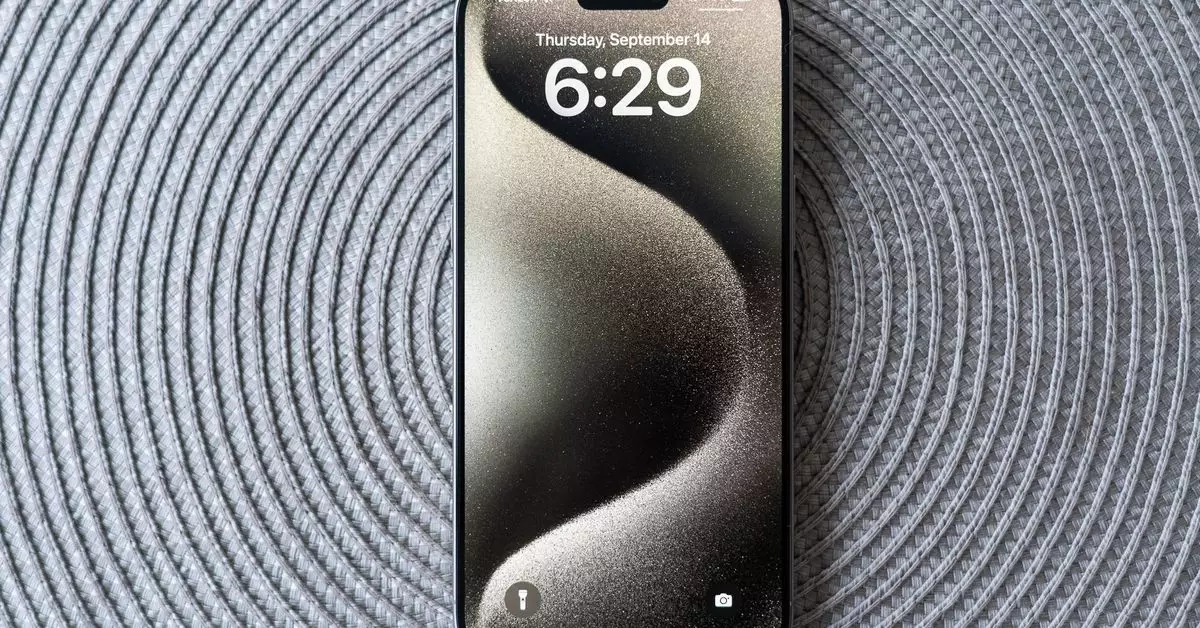As a consumer tech reviewer with over a decade of experience, it’s clear to see the disparities between iPhone features available in Europe compared to other regions. The iPhone experience in Europe seems to offer a plethora of capabilities that are not accessible to users in other parts of the world. From third-party app stores to the ability to replace default apps, the European market appears to have a wider range of options and choices when it comes to customizing their iPhones.
Apple’s approach to satisfying different regulatory requirements in various regions seems to be a minimalistic one. While they have made some concessions, such as allowing retro game emulators in the app store, it appears that these decisions are more about compliance than genuine customer satisfaction. The reluctance to offer the same level of flexibility and customization to all users regardless of their location raises questions about Apple’s commitment to providing a consistent experience worldwide.
The practice of seemingly selling two different versions of the iPhone – one for Europe and one for the rest of the world – is perplexing, especially for a company like Apple that prides itself on simplicity and consistency. The lack of uniformity in features and options creates a sense of exclusivity for European users, while those in other regions are left wanting for a similar level of choice. The arbitrary restrictions on updating apps from third-party stores outside of Europe only serve to further emphasize this double standard.
The Need for Universal Access
From a business perspective, it would make sense for Apple to offer the same features and options to all users worldwide. The notion of tailoring iPhones to specific regions based on regulatory requirements seems counterintuitive to Apple’s ethos of innovation and user-centric design. By providing universal access to features that currently only exist in European markets, Apple could create a more equitable and enjoyable experience for all users, regardless of their location.
The uneven distribution of iPhone features across regions highlights a need for Apple to reevaluate its approach to customization and flexibility. By adopting a more inclusive and standardized model, Apple could not only enhance the user experience but also demonstrate a commitment to global accessibility and equality. It’s time for Apple to break down the barriers and let everyone, everywhere enjoy the same level of fun and customization on their iPhones.


Leave a Reply